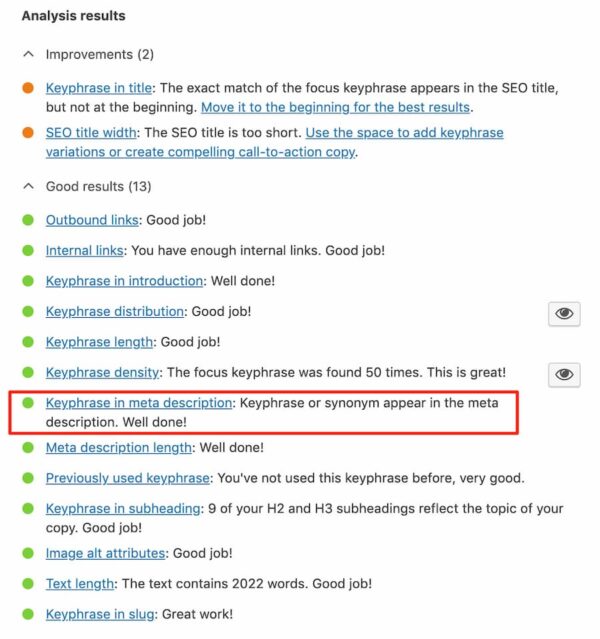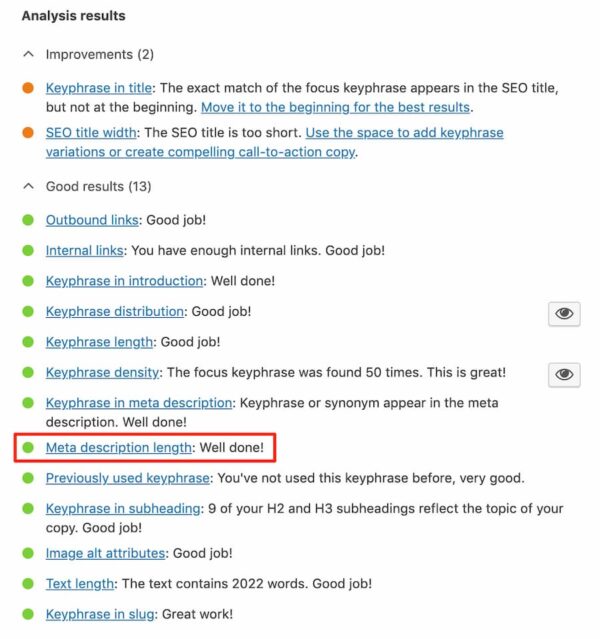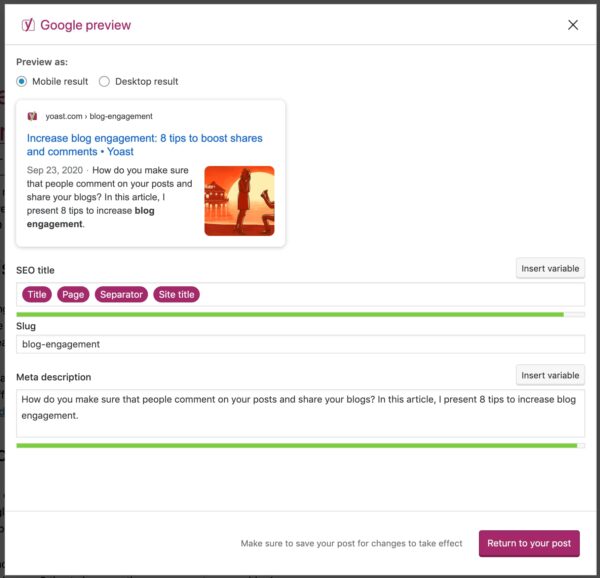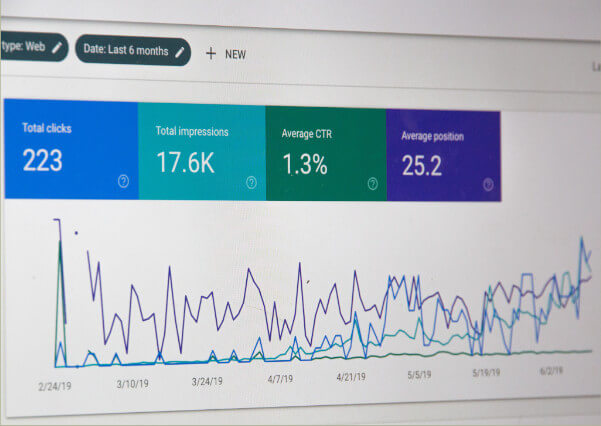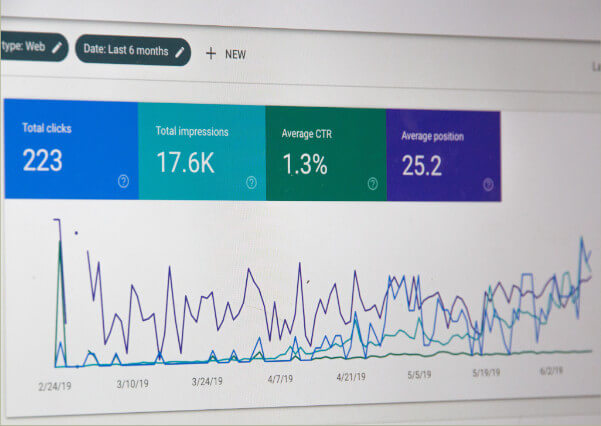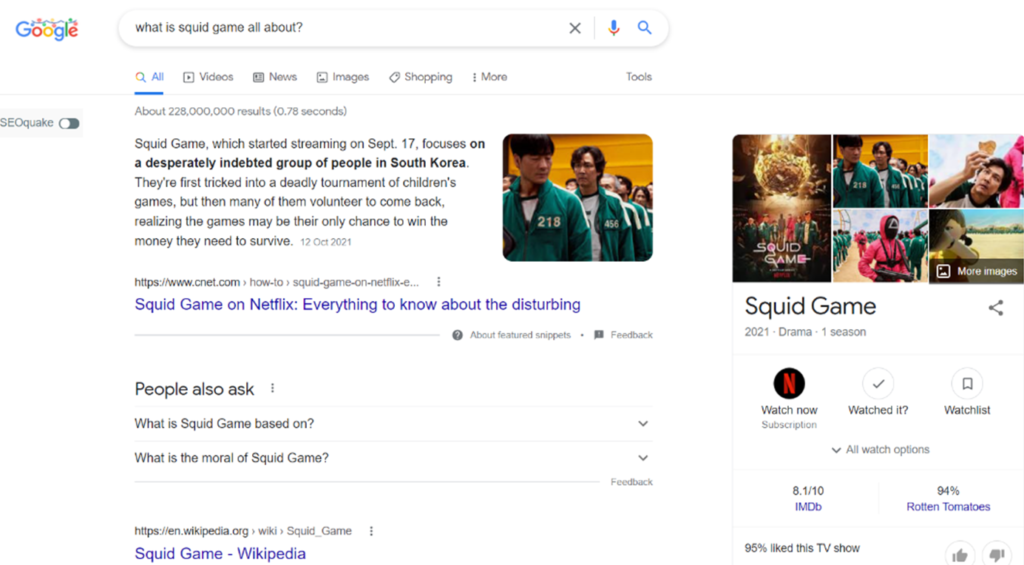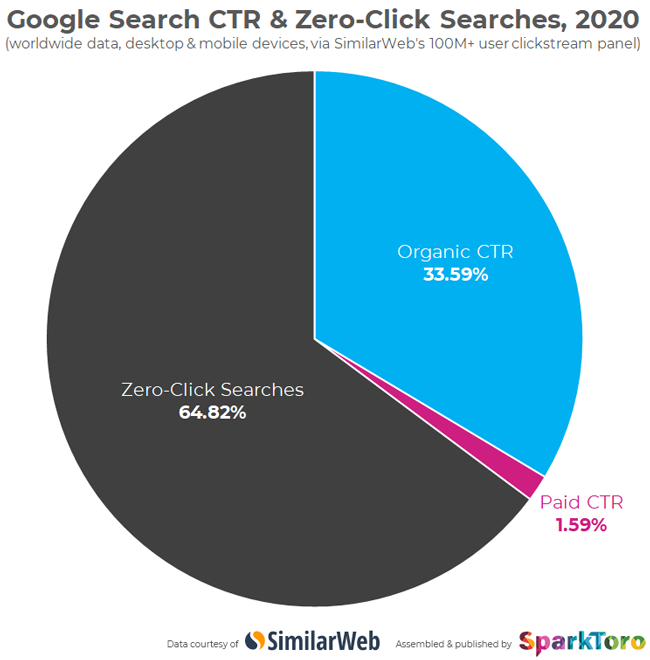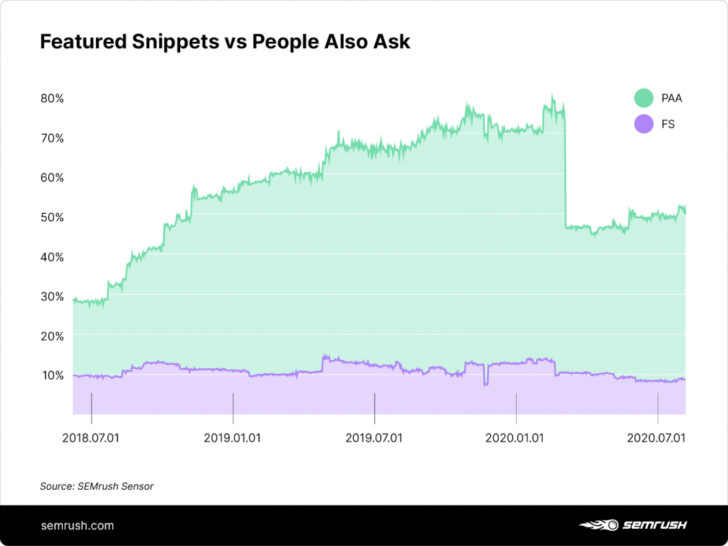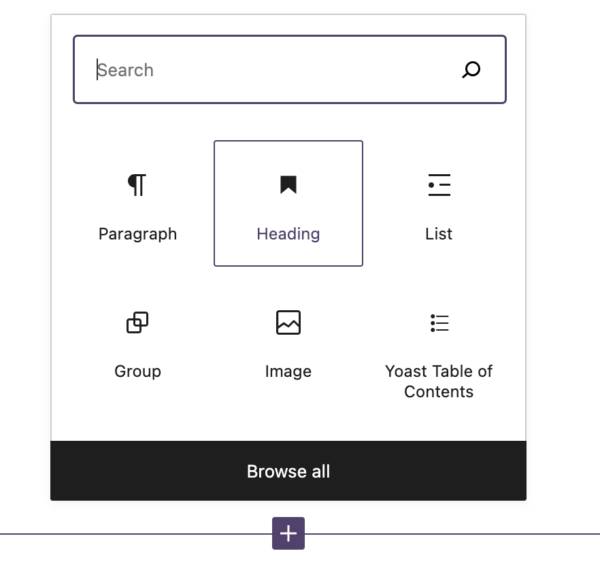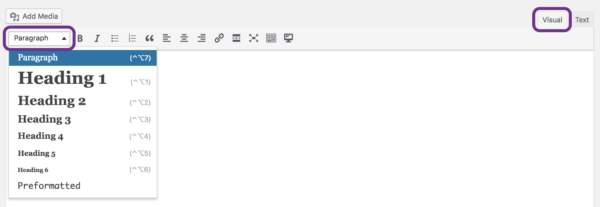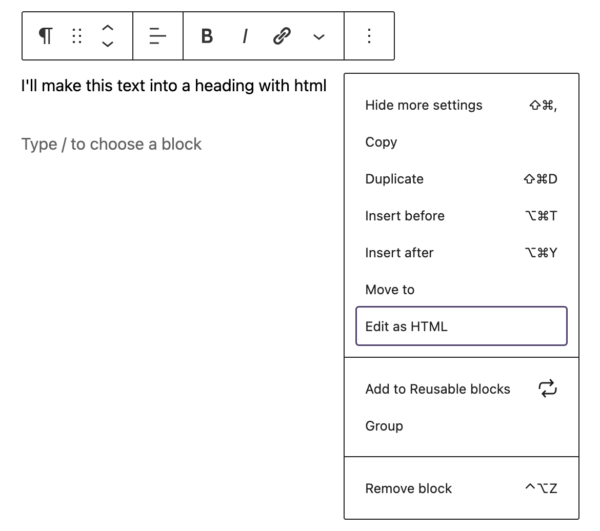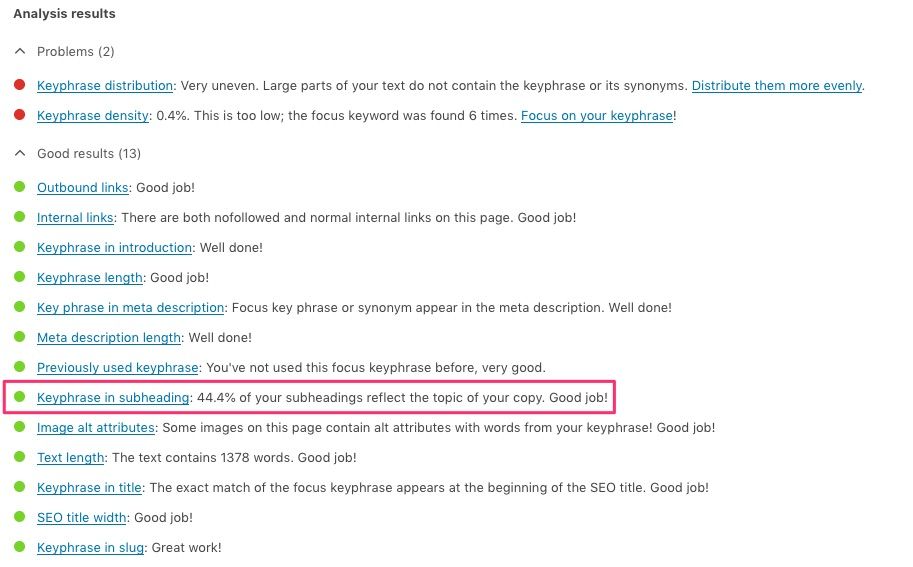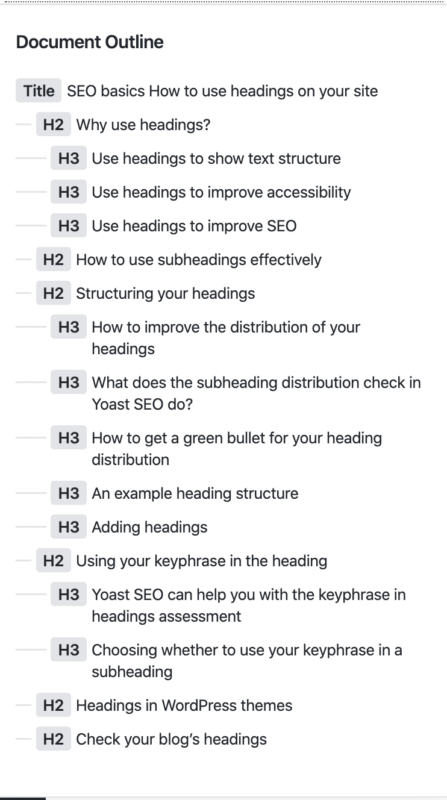Are you drawn to a lush, romantically undone feel or prefer a more minimal aesthetic? Figure out your vision early on and share it with potential florists so they can create the enchanting look you’re hoping for.
Start searching for a talented florist whose work resonates with you at least 6-8 months before your wedding date. This timeline allows for plenty of time to discuss the intricate details of your floral vision without rushing. Contact Wedding Florist Dfw now!

When you meet with your wedding florist, bring along a few inspiration boards and photographs that highlight the floral elements of your vision. This will help the florist understand your aesthetic better so they can create a more accurate proposal for your big day. Additionally, sharing a color palette and paint swatches helps the florist ensure they can source the exact flowers you want for your floral design. It’s also a great idea to share fabric swatches (for your gown, bridesmaid dresses, or other linens), and any other colors and materials that you plan on using in the wedding.
Florists can help with the rest of your wedding design, so it’s important to ask them about other vendors you may need to hire for the big day. Depending on the size of your event, you may need to book vendors like photographers, videographers, or even rentals for items such as tables, chairs, and vases.
It’s also important to talk to the florist about their style and the type of aesthetic they tend to work best with. This is because many florists specialize in a certain style, such as English garden, minimalist, or organic. If their style doesn’t match your own, don’t worry! Most experienced florists are accustomed to working with a variety of styles and will be able to adjust their style to fit your vision.
As you begin to narrow down your options, it’s a good idea to ask each wedding florist how they will handle pricing. Be specific about your budget so the florist can give you a realistic idea of how much the entire project will cost. Additionally, be sure to ask about any additional fees that they might charge for services such as set up and breakdown.
In addition to discussing your budget and aesthetic, it’s a good idea to discuss the overall timeline of the project. This will help you to determine if they can deliver your vision on time and within your budget. Finally, be sure to find out the florist’s preferred method of communication, whether it’s via email, phone call, text message, or direct messaging. This will make it easier to get in touch if there’s ever a question or concern that arises.
Once you have a clear vision of your desired wedding aesthetic and you’ve established your budget, you’re ready to start looking for the perfect vendors. While securing your venue, photographer and florist first is always a great idea, don’t be afraid to interview other vendors as well. Oftentimes, these are the people who can help you bring your vision to life with minimal input from you (and at an affordable price).
If your wedding florist is known for their rustic, romantic style but you have a more modern and contemporary vibe in mind, that’s not going to work. It’s also important to ask them how many weddings they handle per weekend during the season. Many florists are booked solid on weekends during wedding season – and some of them will be servicing as many as 5 or 6 weddings in one weekend!
While you may be adamant about using your favorite flower type in all of your arrangements, it’s essential to talk this over with your florist at your initial design meeting. They’ll have a good understanding of current wedding trends, what flowers are in season and how to get the most out of your floral budget. They will likely be able to suggest similar alternatives that will achieve the same look, whether it’s garden roses for peonies or hydrangeas for sweet peas.
It’s also a good idea to ask your florist if they offer any add-on services. For example, some florists will include the rental of vessels and bouquet wraps as part of their packages. This is a nice way to save money and also ensures your flowers look the best on your big day.
Lastly, it’s a good idea to talk to your florist about repurposing your ceremony flowers for the reception. This can be a fun and unique way to showcase your flowers throughout the day – and you can even use the centerpieces as the escort card display for your dinner tables at night!
Aside from establishing their systems and policies, an established wedding florist will also know how to build larger elements on-site if you’re after something like a floral arch or a floral chandelier. Unless you’re a professional decorator yourself, these types of projects are not easy to execute and require expertise in handling and setting up materials and lighting for best results.
When it comes to selecting a wedding florist, there is a lot of work that goes into finding the perfect one. It is important to interview several florists and find out what they have to offer and how much they will charge for their services. In order to do this, be sure you are prepared with a list of your preferred flowers and an idea of what you want for the big day.
It is also important to be honest about your budget. This will help ensure that you are meeting with someone who can work with your needs and create something beautiful within your price range.
Having realistic expectations will make your meetings productive and ensure that you aren’t setting yourself up for disappointment. For example, if you are trying to work with a $5,000 wedding floral budget, discussing a flower chandelier dripping in crystals may be unrealistic.
Your floral budget will also determine the types of flowers that can be used. For instance, peonies are in high demand and can be very expensive. If you are trying to work with this flower and your budget doesn’t allow for it, your florist will be able to suggest other options that would give you the look you are after without putting too much pressure on your wallet.
Once you have met with your potential florist, they should provide you with an itemized proposal that will include all the costs for everything from bouquets to centerpieces. This will help you understand exactly what you will be paying for and ensure that there are no surprises on your wedding day.
Ask your florist if they have worked at your venue before and if they have any pictures of past weddings that might be helpful in determining what your floral look should be on the big day. This can save a lot of time because your florist will already know the layout of the space and what works well in it.
It is also a good idea to ask your florist about their availability on the date of your wedding. This will help ensure that they can fit you in on their schedule and won’t be overly booked on the day of your wedding.
For many brides-to-be, the process of choosing a wedding florist can be lengthy and confusing. While it’s important to vet vendors and find one who you feel comfortable working with, it’s also beneficial to be open to creative ideas. After all, the beauty of flowers is in their versatility. Your floral artist may have ideas that you never even considered and that will take your floral aesthetic to the next level.
Florists have a lot of responsibility on their shoulders. It’s not just about pleasing the client, they have to worry about keeping track of inventory and ensuring their suppliers are properly stocked with what’s needed for each event. There’s also a lot of thorns, heavy buckets of water and stinky, slimy vase water in the winter, all for the reward of seeing a happy bride’s face when she sees her bouquet for the first time.
When meeting with a potential wedding florist, it’s important to have an idea of what sort of look you’re going for. Share your inspiration photos with them and be willing to let them tweak your vision if they think it can be improved. Some flower types have strong aromas and can trigger allergies in guests, so choose low-odor blooms.
It’s also helpful to provide your florist with linen swatches and paint swatches, especially if you have an exact color palette that you want to use in the floral arrangements. This will help them be intentional with their color choices so they don’t end up with something that doesn’t fit.
If you have a unique venue, try to find ways that your floral arrangement can be incorporated into the space. For example, using a vine or branches to create an overhead archway or hanging floral arrangements from the rafters can add a gorgeous touch.
It’s a good idea to ask your potential wedding vendor how many weddings they work on per weekend, as well as who will be overseeing the day-of installation. If they’re swamped, it could be difficult for them to give your wedding the attention it deserves.

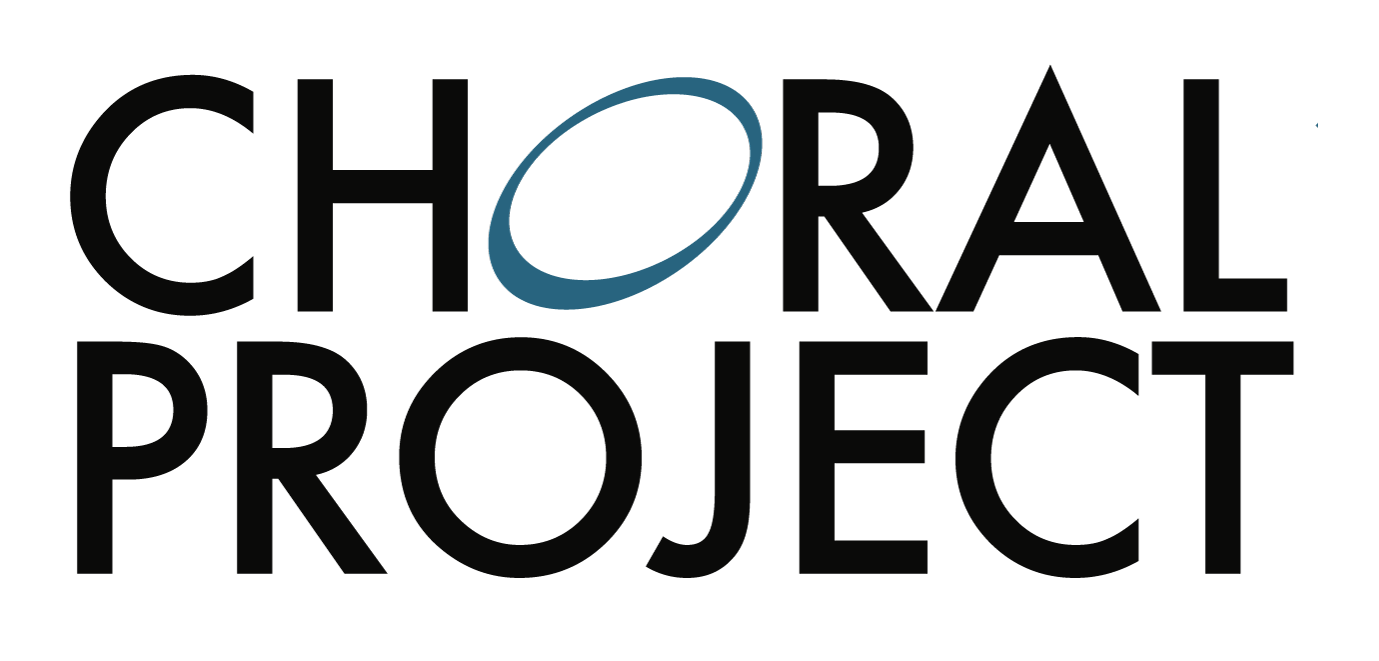

 MCA is an excellent choice for small businesses seeking a reliable merchant cash advance provider. Unlike traditional business loans, MCA does not require any collateral and instead bases repayment on your debit and credit card sales. To learn more, visit
MCA is an excellent choice for small businesses seeking a reliable merchant cash advance provider. Unlike traditional business loans, MCA does not require any collateral and instead bases repayment on your debit and credit card sales. To learn more, visit 












